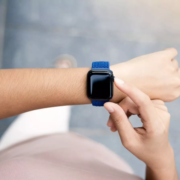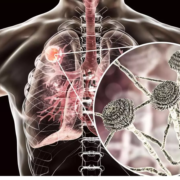Shortage of doctors, Irregularities in drug procurement in Chhattisgarh: CAG Report

Raipur: The Comptroller and Auditor General (CAG) has flagged significant issues in Chhattisgarh’s healthcare system, including a severe shortage of medical personnel and alleged irregularities in the procurement process for medicines and equipment.
The CAG’s performance audit report on Public Health Infrastructure and Management for the fiscal year ending March 2022 was presented to the state assembly on Friday.
It said there was an overall shortage of 34 per cent (25,793 personnel) against the sanctioned strength of 74,797 in the health department.
According to a PTI report, though the doctor per-population ratio (1: 2492) improved during 2016-22, it was far behind the WHO benchmark of one doctor for 1,000 people and national ratio of 1:1456. The posts of doctors were not sanctioned uniformly on the basis of population, resulting in uneven distribution of doctors under the Directorate Health Services across districts, the CAG said. In 23 district hospitals, there was a shortage of specialist doctors (33 per cent), medical officers (four per cent) and paramedics (13 per cent) against the sanctioned strength.
Also Read:88 percent Funds Not Utilised: CAG slams Jhakhand on medical and health infrastructure
172 Community Health Centres faced shortages of specialist doctors (72 per cent) and general doctors (15 per cent).
In 4,996 Sub Health Centres, 17 per cent posts of ANM (auxiliary nurse midwife) were vacant against the sanctioned strength. In 502 SHCs, no ANMs were posted, and hence, maternity services could not be provided to pregnant women, the CAG said, adds PTI.
The Chhattisgarh State Medical Services Corporation Limited (CGMSCL) was set up in 2010 as a centralised nodal agency for all procurement and supply of drugs, medicines and equipment. During 2016-22, the Health and Family Welfare department procured drugs, medicines and equipment worth Rs 3,753.18 crore, the report said. Despite this centralized procurement agency, purchases of drugs, medicines and consumables were made locally, ranging from 26.79 to 50.65 per cent of total procurement during 2016-22, it said. Equipment was purchased without ensuring availability of required infrastructure, resulting in idling of equipment worth Rs 49.68 crore.
He said drugs worth Rs 23.98 crore were purchased from blacklisted firms, CAG pointed out. Commenting on the CAG report, Health and Family Welfare Minister Shyam Bihari Jaiswal told reporters that the present BJP government has started the recruitment process of healthcare personnel and launched a probe into allegations of irregularities in some purchases of medicines and equipment. “This report covers the period upto 2022, not the last six months of our government. If Congress says there are irregularities then it is good as the report is about their tenure”, news agency PTI reported.
Powered by WPeMatico



















